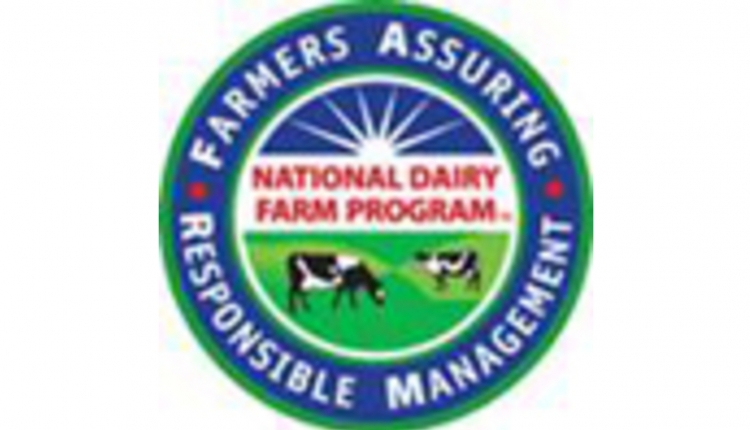As printed in our February 25, 2016 issue...
MILK PRICE RECOVERY could come in 2016, but still may be some way off, projected Rabobank's Kevin Bellamy. "Some on our team are concerned that we will not see $3,000 per metric ton whole milk powder before year's end," added colleague Thomas Bailey. That $3,000 benchmark has represented a level where most dairy export nations can eke out a profit.
ONCE PEGGED AT 2 PERCENT GROWTH, worldwide demand for dairy products may grow at levels below that figure, suggested Bellamy.
FOUR CHALLENGES AWAIT AMERICAN MARKETS: butterfat premiums could disappear with growing global butter stocks, low oil prices may slow dairy product purchases by oil-rich countries, more U.S. milk dryers coming online could add to milk powder inventories and the strong U.S. dollar makes American goods more expensive to importers.
CALIFORNIA DAIRIES BEGAN ACCEPTING a limited number of new members due to declining milk flow and farm sellouts. Membership in the nation's second largest dairy co-op had been closed for some time due to large milk volumes that even resulted in a milk shipment base plan.
THAT DIMINISHED MILK FLOW can be attributed to higher feed costs. Last year, California paid $260 per ton for alfalfa, $5 per bushel for corn and $370 per ton for soybean meal. Wisconsin paid $150 for alfalfa, $3.47 for corn and $260 for soybean meal, reported Mark Stephenson.
SIGN-UPS FOR MPP-DAIRY held steady as half of the nation's dairy farms enrolled in the second year. Dubbed the Margin Protection Program, the farm bill's insurance program covered 77 percent of the nation's milk supply with nearly the same percentage selecting the $4 coverage.
MILK PRODUCTION CLIMBED 1.2 PERCENT throughout 2015 to reach 208.5 billion pounds. Milk per cow averaged 22,383 pounds, up 0.6 percent. Both were new records. Cows rose 0.6 percent to 9.315 million head.
FOR THE 24TH STRAIGHT YEAR, cheese posted a new record. In 2015, cheese output grew 2.4 percent to reach 11.8 billion pounds.
THE U.S. BUTTER CHURN NETTED 1.848 billion pounds, down 0.4 percent from the prior year. This marked the second consecutive reduction.
ON JANUARY 1, HEIFER INVENTORIES stood at 4.82 million head (500 pounds or larger) or 51.8 heifers per 100 cows. That heifer-to-cow ratio was a five-year high. Values averaged $1,830 per head nationally, with a range of $1,700 to $2,000. Just three months ago, heifers fetched $1,980.
BRIEFLY: New Zealand's cow numbers fell for the first time in a decade, down 300,000 head to 6.4 million. Fonterra reduced projected milk payouts from $4.60 to $4.15 per kilogram of milk solids or an equivalent of $11 to $9.90 per cwt. U.S. dairy exports ended a five-year growth streak in 2015, down 8 percent on volume and 26 percent on price.








